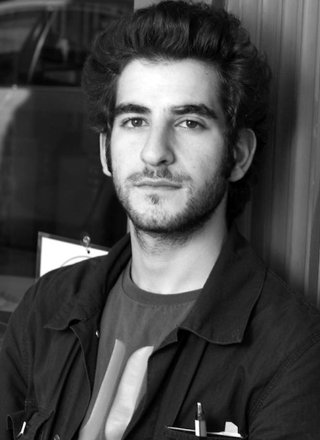Ukrainians in a waiting room where electricity was cut off for security reasons in Kyiv's central railway station, February 26, 2022. © Rafael Yaghobzadeh
Built in 1861, the first Ukrainian state railroad was 60 miles long. During the Soviet peri...

Ukrainians in a waiting room where electricity was cut off for security reasons in Kyiv's central railway station, February 26, 2022. © Rafael Yaghobzadeh
Built in 1861, the first Ukrainian state railroad was 60 miles long. During the Soviet peri...



You’re getting blind.
Don’t miss the best of visual arts. Subscribe for $9 per month or $108 $90 per year.